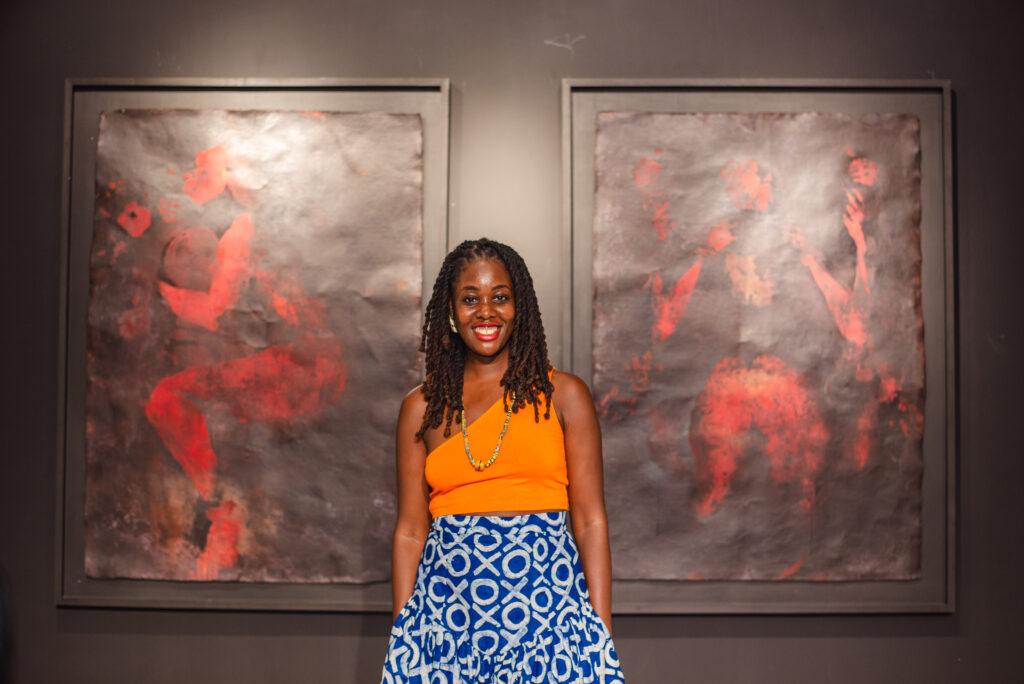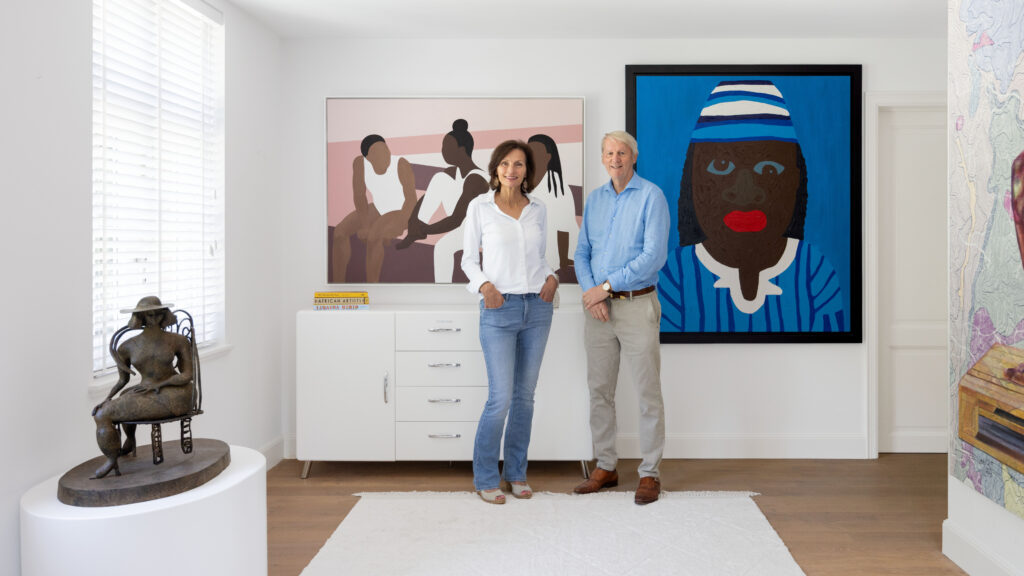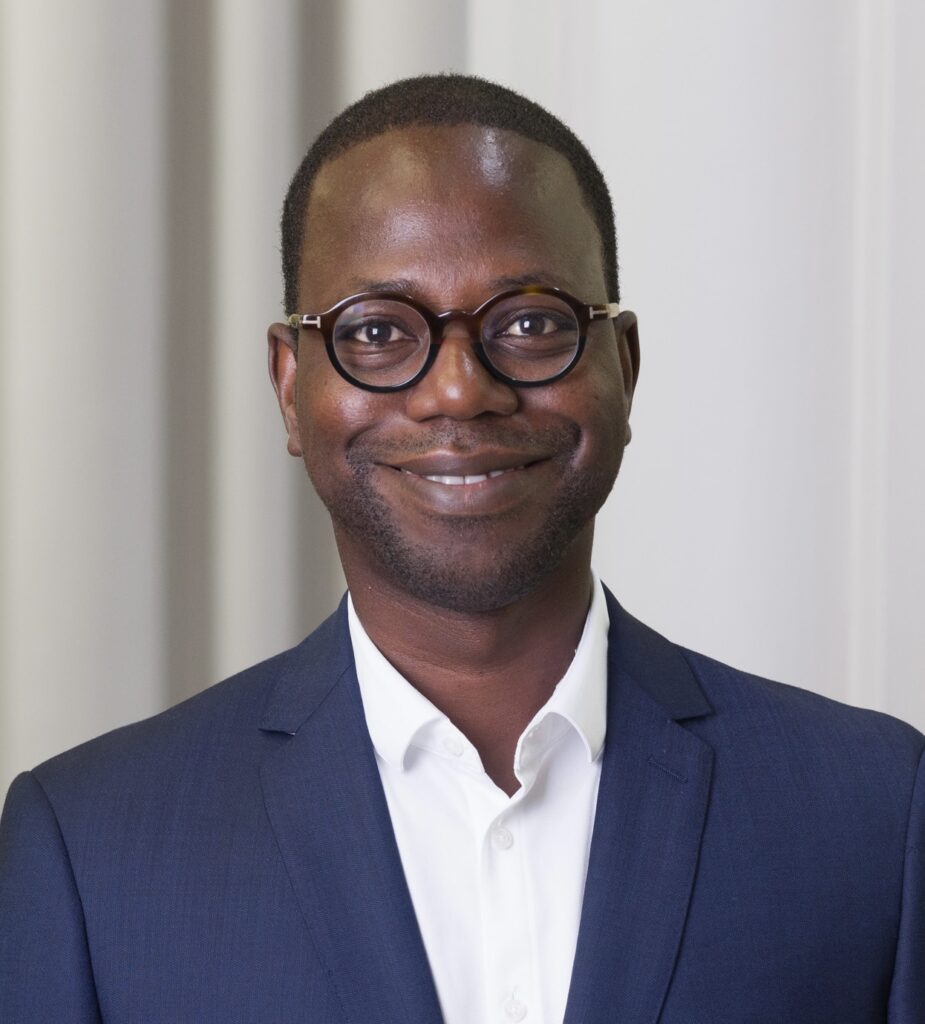Africans Column had the privilege of interviewing Chantel Akworkor Thompson, the Executive Director of La Foundation for the Arts (LAFA), a newly established organization dedicated to advancing the arts in Ghana. With Safoa Aïsha Cablye-Gaisie as the founder, LAFA aims to provide critical support, professional development tools, and resources for emerging and unrecognized art workers and administrators in Ghana.

In this interview, we delve into Chantel Akworkor Thompson’s vision for LAFA and her insights into the TOUCH exhibition, which she curated. TOUCH, an exploration of materiality and tactile sensation within the arts, showcases the works of diverse artists who examine themes of femininity, identity, African spirituality, ecology, and humanity.
Let’s explore Chantel Akworkor Thompson’s perspectives on her new role at LAFA and the significance of the TOUCH exhibition.

Africans Column: Congratulations on your new role as Executive Director of LAFA! Could you tell us about your vision for the organization and how it aligns with its mission?
Akworkor: Thank you. It is an honour to be able to bring something like La Foundation of The Arts to Ghana. My vision is big and expansive. One of the most important pillars of the foundation is the services we offer to artists: well-being, legal and professional. Alongside this, an enriching programme. We’ve already started mapping out the first two years of our programming, which is exciting, but with every day, I’m more and more inspired by the creativity around me, and I’m compelled to add more. I want LAFA to not only be a place that offers support to our artists and creatives, but I also want it to be a creative hub, a hub in Africa that connects the continent and brings back our diaspora from the West, but most importantly from The Caribbean and Latin America (Brazil, Colombia etc.).
Through our presentations, showcases, and exhibitions, I want to expand our collective understanding of ‘Art’. That’s why I plan to feature nail artists in the space, along with those using our more classical methods of creative production and contemporary practices that are more easily identified as ‘art’.
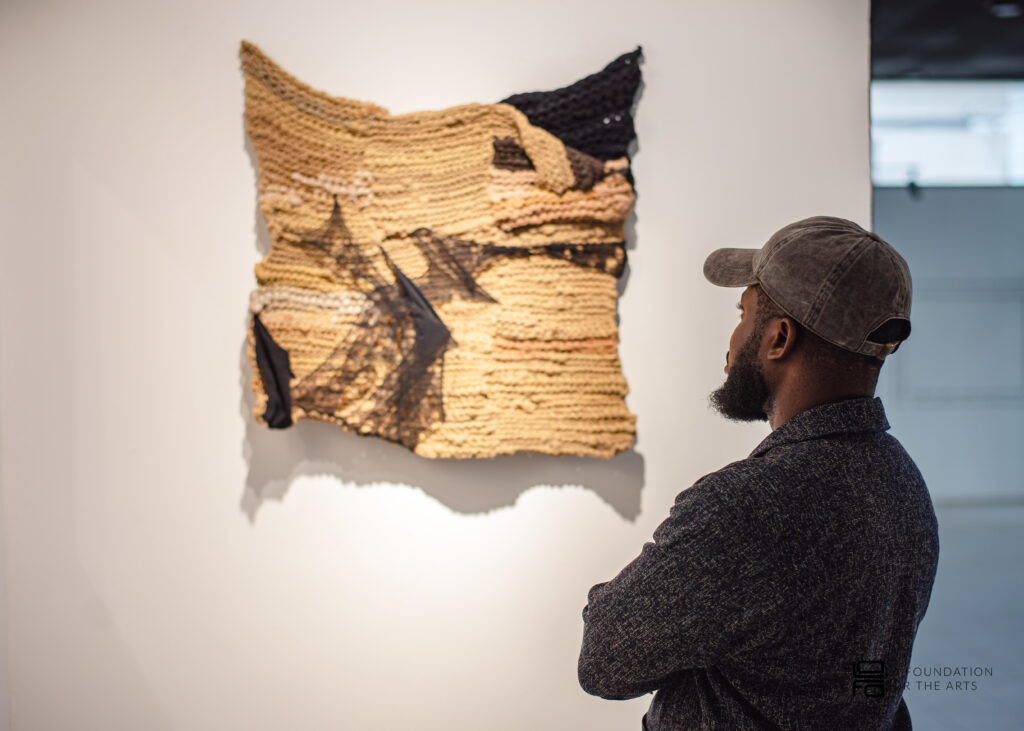
Africans Column: La Foundation for the Arts (LAFA) has a multifaceted approach to supporting artists, including professional development, mentorship programs, and financial support. How do you see these initiatives contributing to the growth and sustainability of Ghana’s artistic community?
Akworkor: I see them contributing in a big way. Especially the mentorship programs, which will also focus on business planning. The kind of information we want to give to artists we believe to be invaluable. Many artists are not yet aware of how to turn their creativity into a business, which is vital to their survival. I also believe we’ll be able to offer the kind of support artists usually look to other countries to provide. We believe that if they can find these opportunities at home, they are more likely to see the value in investing in our country. We also believe it will counteract some of the exploitation and extraction we’re witnessing. We are also mindful that we are one organization, and the amount of people we can support is limited. Still, we also hope to inspire others to either join us through collaboration or be inspired to create something that also provides support to artists living and working in Ghana.
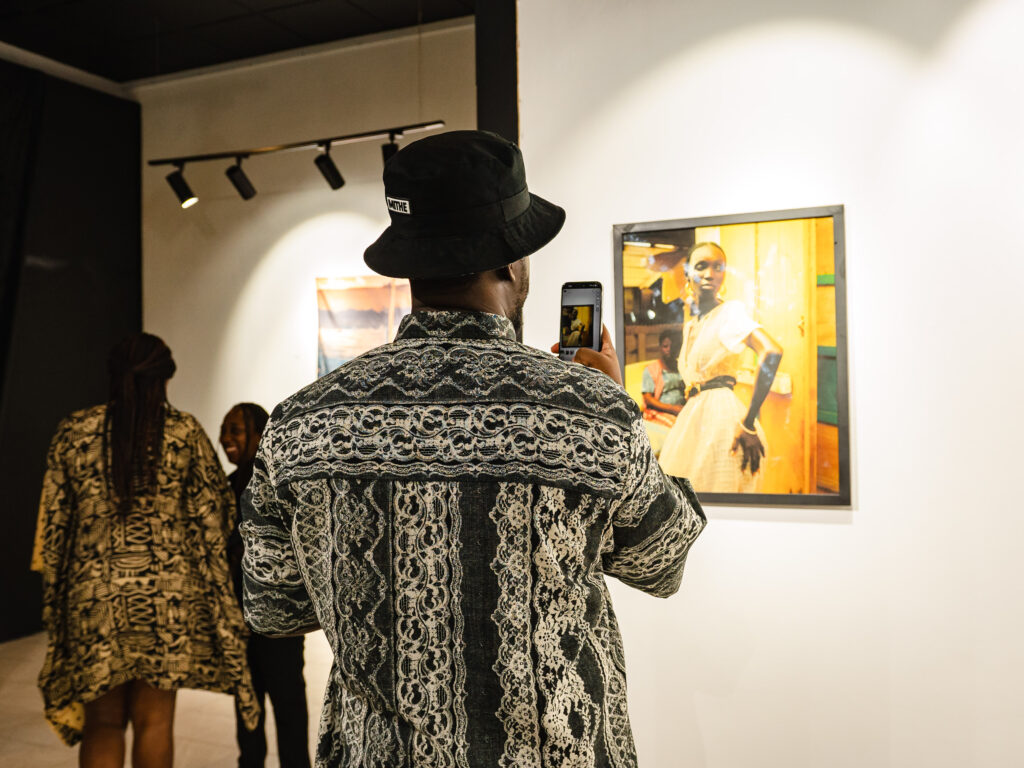
Africans Column: As the Executive Director, your role is crucial in shaping the future of LAFA and supporting emerging and unrecognised artists in Ghana. What are your primary objectives, priorities, and strategies for this?
Akworkor: Collaboration is high on my agenda. The proverb ‘it takes a village’ is a great anchor for us. As a leader, I also believe in ‘moving as a unit’—together as one. The partnerships we create are going to be vital to our success.
Innovation is another core principle: innovation in how we work and in what we can encourage and inspire in our artists and creatives.
Accessibility is also a key objective. We don’t want the foundation to be a place that excludes, and thus, we are building systems to combat that, ways in which all can access some of the support we offer.
It’s going to be a journey, though, and I’m realistic about the challenges I will/may face. However, I also welcome the lessons, as they will help us grow as an organization as we continue to create something that works for our people. I hope I answered that well.

Africans Column: Turning to the TOUCH exhibition, as the curator, could you provide insight into the inspiration behind curating it and the significance of exploring themes of materiality and touch within the context of the arts?
Akworkor: The idea to explore materiality and touch came from our founder, Safoa Aïsha Cablye-Gaisie. She called me three weeks before the exhibition opening date and set this challenge for me. I then researched Ghanaian artists who work with materials other than paint. The first one that came to mind was Enam Gbewonyo. I find her use of tights fascinating and felt that it would be great to bring that to a Ghanaian audience. Whilst speaking with her about the prospect of being part of the show, she shared her video Nude Me, Under the Skin – a Resurrection of a Black Woman’s Visibility. I was excited by the content and the prospect of creating a multisensory experience. I concluded through our conversation that I wanted a live sculpture and some sound. And everything was revealed to me after that conversation. I also would say that my Apple iPhone did a great job listening to my discussion and arranging my Instagram feed to support me in finding Maggie Sade Coker.

Africans Column: Akworkor, can you explain the criteria you employed in selecting the participating artists for the exhibition and what factors were considered to ensure a cohesive and impactful exhibition experience?
Akworkor: I wanted the idea of a Ghanaian to be expansive, so: the diaspora, being those born outside of Ghana but to Ghanaian parents; of course, Ghanaians born and raised in Ghana; and then the expats, who do not have Ghanaian heritage, but live and work in Ghana and have contributed to the Ghanaian creative landscape.
I also selected artists who understood the concept and whom I connected with. Each time I onboarded an artist, the curatorial concept became more refined. There was just so much synergy. It was an amazing experience and really very easy, especially as the time was short to pull this together.

Africans Column: How do the artworks featured in TOUCH embody the exhibition’s themes of femininity, identity, African spirituality, ecology, and humanity, and what messages or emotions do you hope they convey to viewers?
Akworkor: Great question. Before I answer, I encourage all to read Amma Amofaah-Ofosu’s critical essay about the show, ‘Through the Senses and stored in Our Souls’. I believe she unequivocally expresses this.
For me, as African/Caribbean women-identifying individuals, living an African/Caribbean female experience, wherever in the world they are, navigating womanhood and their cultural identity, and this permeates their work. The work is because they are. Regarding spirituality, I would say that Asia’s Jumbie is the most striking embodiment of this. Any of us who have experienced carnival or masquerade anywhere in the world would have also experienced the visceral movement of our spirit. The drums, the colour, the rhythms, and the movement ultimately uplift you. You’re connected to something beyond what you see in front of you. The characters around you embody something that is both tangible and intangible at the same time. It’s an experience you cannot fully articulate in words and failing this ‘spiritual’ is the most apt one. As a carnival/masquerade character typically found throughout the Caribbean with roots, links, and connections to Africa, Jumbie reminds us of this. It has similarities to the Tyiwara of Mali, the Kpelweme ancestral masquerades of the Afemai people of Bendel State, Nigeria; the list is endless. This also brings into our consciousness that despite now inhabiting the islands and countries in the Caribbean, these are still our African brothers and sisters. The piece is also about unity and the innate connections we have as humans. I think other pieces in TOUCH do that, too.

Africans Column: The exhibition aims to engage viewers on a multi-sensory level, encouraging them to activate all their senses when experiencing the artworks. Can you elaborate on how this approach enhances the exhibition’s immersive quality and fosters deeper connections with the audience?
Akworkor: Yes, I guess it shifts the viewer’s role from an observer to a participant. Rather than just looking at the object, they are challenged to be with it, do something with it, and touch it, but not with their hands, which, being something more instinctive, is easier than touching with your eyes. What information do you need to gather with your eyes to understand how the object would feel if you felt it against your palm? Then, considering Coker’s installation, Touch: An Ecological Healing Garden, even more are you holistically having to engage. Because first, you’re challenged to see the plants as art; by this point, your synapses are firing; then there’s the smells, the invitation to sit, and on sitting the covering of the womb over your head, and the challenge to now sit still, to slow down, to experience, to witness your breath, feel how your body is feeling, listen to your thoughts, and all of this makes you participate, rather than observe.
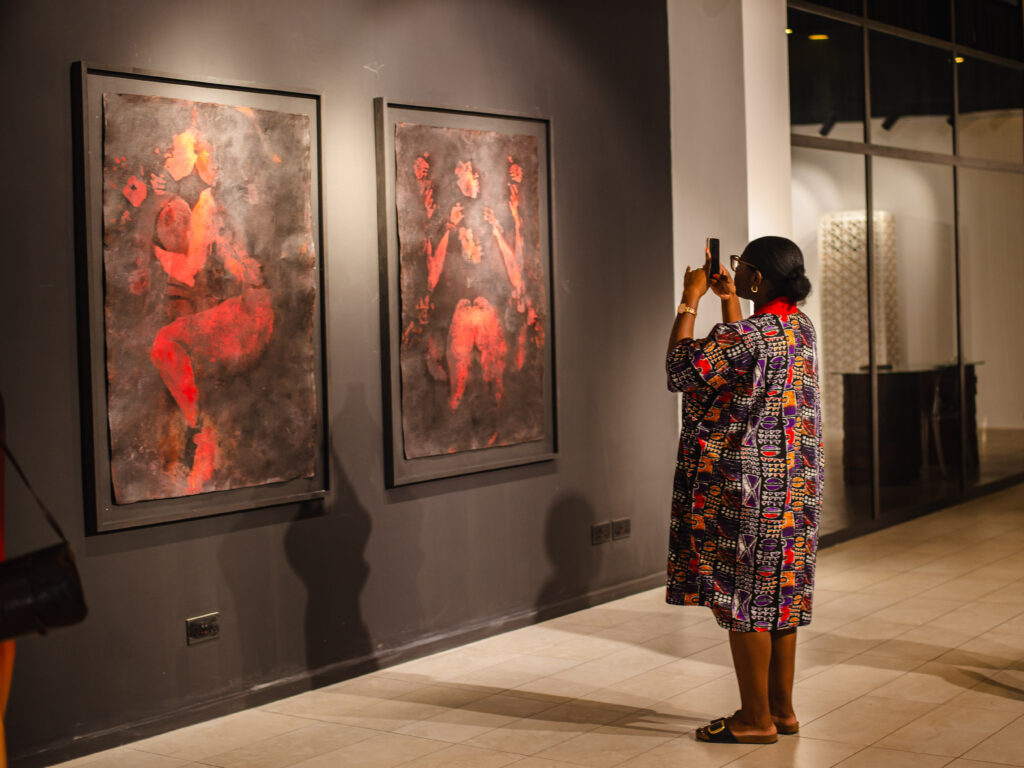
Africans Column: Finally, what do you hope viewers will take away from experiencing the TOUCH exhibition, and how do you envision it impacting the artistic landscape in Ghana?
Akworkor: I don’t want to limit their experience by defining what I hope they will take away from it. I want them to take something, even if it’s the question, ‘Did I like it?’ ‘What was that?’. That would still mean I had achieved something because such questions whirling in someone’s mind will bring them to a conclusion layered and based on an experience that they would now be analysing, meaning they were touched. In terms of impacting the artistic landscape in Ghana, I guess it is just the ability to expand one’s understanding of what can be considered art and prompting them to push beyond the constraints of someone else’s failed imagination. We sometimes don’t realise this, but in accepting a definition of art that we didn’t create, we are living in someone else’s imagination, and what if that imagination didn’t imagine your existence or prosperity?
We thank Chantel Akworkor Thompson for sharing her insights and look forward to exploring the intersection of art, culture, and community through LAFA’s initiatives and the TOUCH exhibition.
